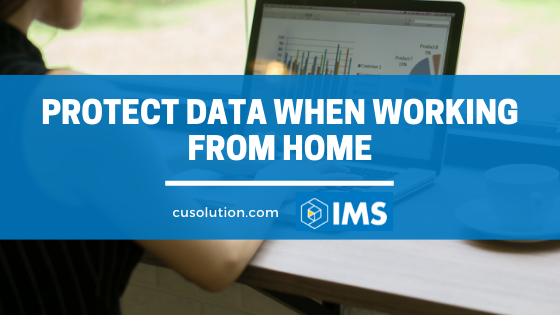
by admin | Jul 3, 2020 | Cybersecurity, Virtual Desktop
Infrastructure as a Service (IaaS) is an instant cloud computing infrastructure provisioned over the internet. In an IaaS model, a cloud provider hosts the infrastructure components that’s normally present in an on-site data center, including servers, storage and...

by admin | May 28, 2020 | Cybersecurity, Virtual Desktop
With so many people working from home during this time, virtual desktops have become the norm for credit unions today. Remote connections provide workers with the ability to access data at home, on the road or a remote office. However, the increase in remote work has...

by admin | Jan 24, 2018 | Backup, Co-Location, Disaster Recovery, eNotices, Virtual Desktop
The Cloud as we all know it, has become such a massive reality in our daily lives that may seem a bit overwhelming at times. For many people, the Cloud seems to hold a strange, almost magical mystique. When discussions turn to the Cloud, there is sometimes a hushed...
by admin | Oct 24, 2017 | Backup, Co-Location, Disaster Recovery, eNotices, Virtual Desktop
Every October, a large segment of our population is simply enthralled with having the living spook scared out of them and with Halloween rapidly approaching, we thought it would be ghoulishly appropriate to share some frightening fun facts about our fascination...



